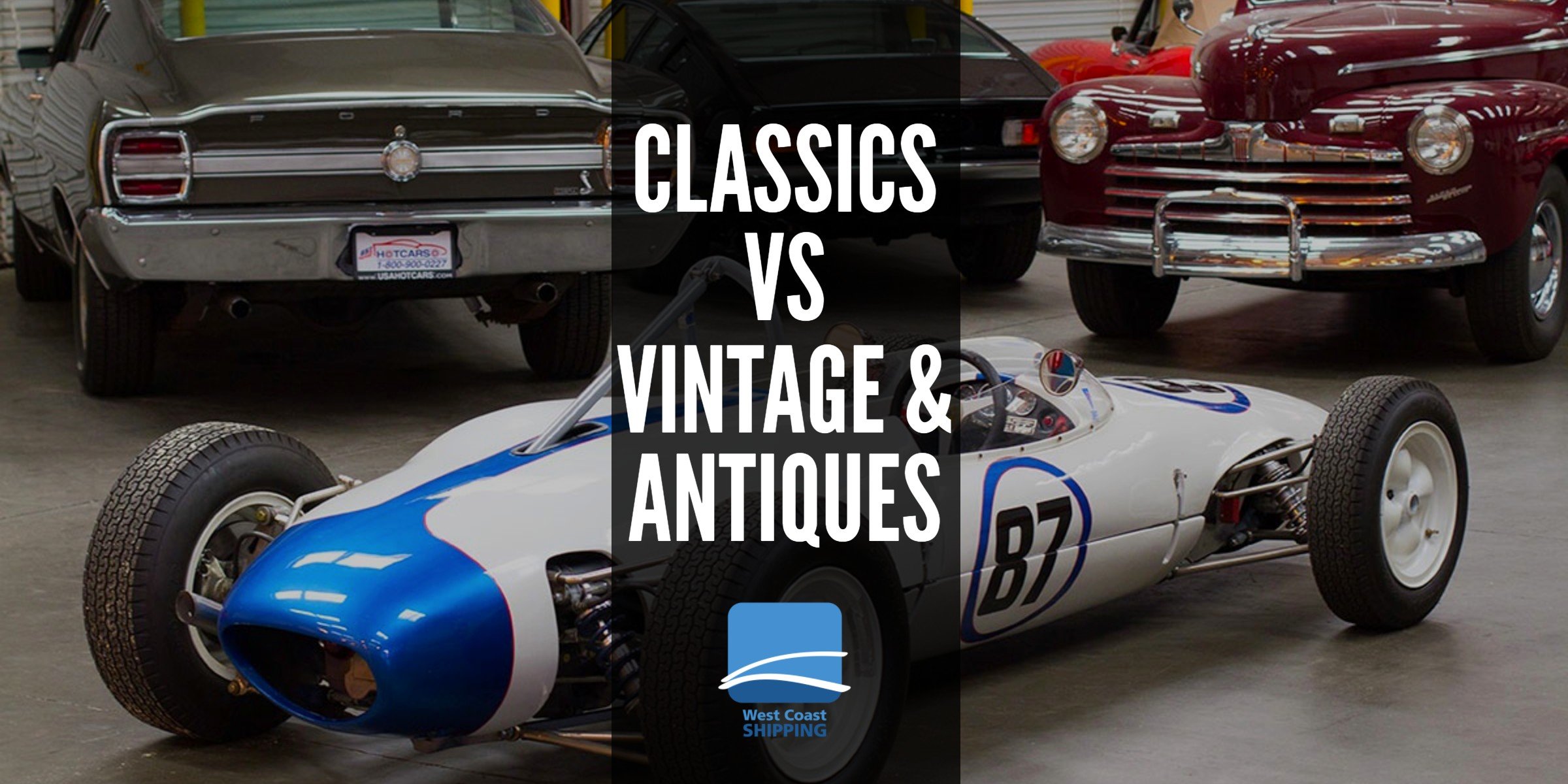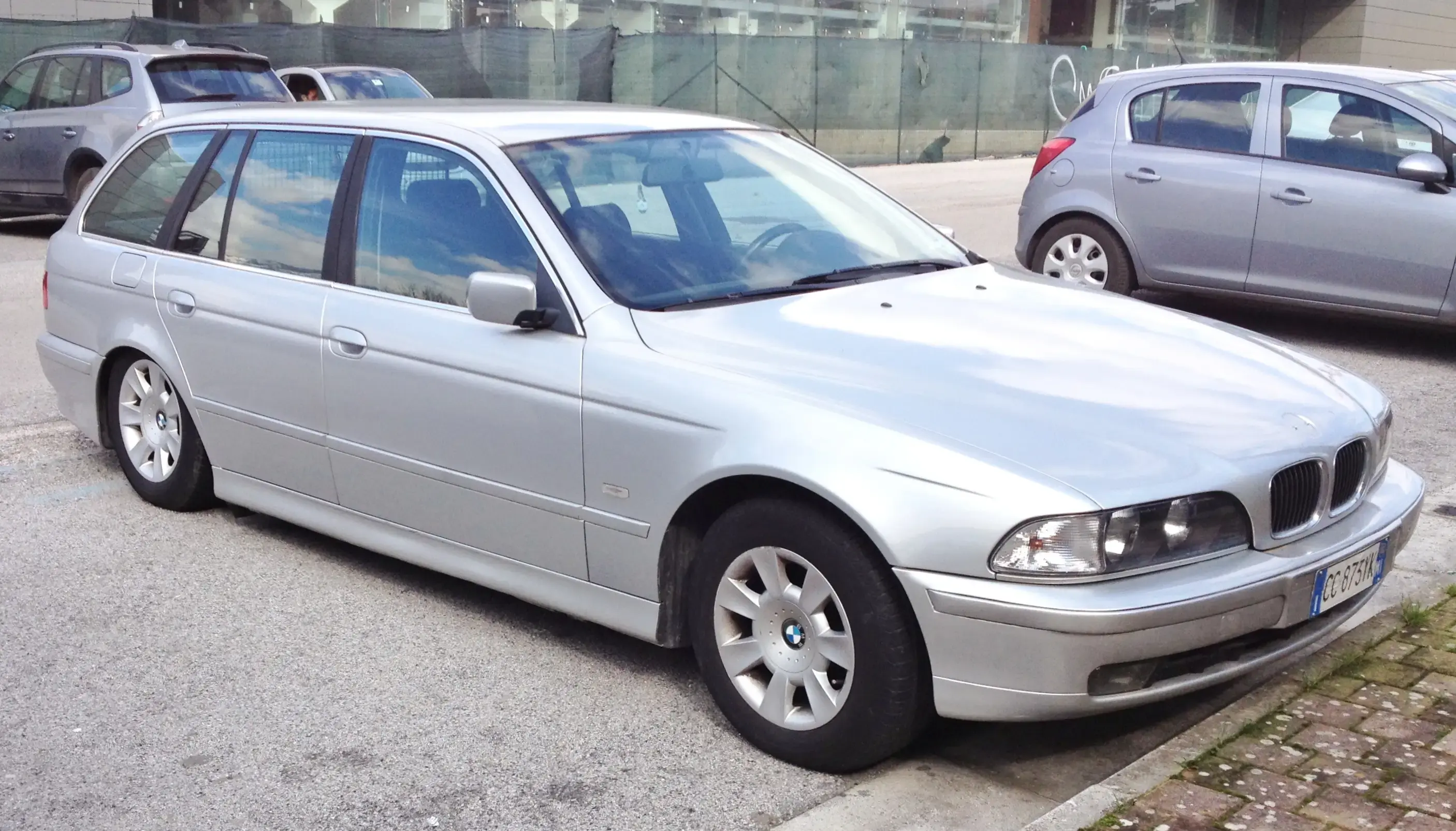Classic EV Conversion: World's Electric Car Power
Electrifying a beloved classic is no longer fringe science; it is the fastest-growing corner of the restomod scene. EV conversion marries timeless design to silent torque, creating cars that look retro but drive into a clean-energy future. This guide unpacks every step of a conversion, explains global demand, and shows where to find parts, partners, and shipping help when you decide to give your classic new power.
Outline
-
What is a Classic EV Conversion and Why Is It Trending Worldwide?
-
Which Classic Cars Convert Best to Electric Power?
-
How Does an EV Drivetrain Transform the Driving Experience?
-
What Key Components Turn a Petrol Classic into an EV?
-
How Much Does an EV Conversion Cost and What Affects the Price?
-
Can You DIY a Conversion or Should You Hire a Specialist Shop?
-
How Do Regulations and Incentives Vary Around the World?
-
What Documentation Is Required to Ship an EV-Converted Classic Overseas?
-
How Does West Coast Shipping Protect Your Electric Classic in Transit?
-
Will EV Conversions Boost or Hurt Long-Term Collector Value?
1. What is a Classic EV Conversion and Why Is It Trending Worldwide?
A classic EV conversion replaces the original combustion engine with an electric system—motor, batteries, inverter, and management hardware—while preserving bodywork, interior, and most of the chassis. Owners choose conversions to gain reliable, zero-emission drive yet keep the style that makes vintage cars special.
Three forces push the world toward electric classics:
-
Clean-air rules in major cities now restrict older petrol cars, but a converted classic qualifies for low-emission zones (see our NZ Clean Car incentives guide).
-
Falling battery prices and abundant salvage Tesla parts make conversions more affordable each year.
-
Social media spotlights shops such as Everrati, Electrogenic, and small-batch Beetle builders, inspiring owners everywhere to modernise their garages.
2. Which Classic Cars Convert Best to Electric Power?
Certain models simplify a smooth conversion because they offer space and aftermarket support:
-
Volkswagen Beetle — rear-engine layout leaves a tidy bay for motors. Battery boxes replace the fuel tank and rear seat base.
-
Porsche 911 — air-cooled structure accommodates compact drive units; performance leaps without altering iconic shape.
-
Land Rover Defender — ladder frame and huge transmission tunnel welcome modular battery trays, perfect for overland EV tourism.
Lightweight classics need fewer batteries for decent range, meaning lower cost and less chassis reinforcement. Owners of heavier grand tourers often opt for high-voltage packs and upgraded brakes to handle extra power.
3. How Does an EV Drivetrain Transform the Driving Experience?
Instant torque delivers a thrilling, linear surge—no rev-matching, no vibration. A 120 kW motor in a Beetle feels like a modern hot-hatch while staying whisper quiet. Regenerative braking adds control on twisty roads and feeds energy back into the system.
Daily usability also improves. An EV-converted classic car starts at the flick of a switch, idles without fumes, and needs only occasional brake-fluid and coolant checks. Owners report longer life between services and less anxiety about leaks staining garage floors.
4. What Key Components Turn a Petrol Classic into an EV?
-
Electric motor—often sourced from small production EVs or aftermarket kits.
-
Battery modules—Tesla, Nissan Leaf, or bespoke pouch cells mounted low for better handling.
-
Inverter & charger—converts DC to AC for the motor and manages on-board charging.
-
Battery-management system—monitors temperature and voltage to ensure safety.
-
Adapter plate—marries motor to the original gearbox if you keep the manual drive.
High-voltage cabling, contactors, and fuses complete the safety circuit, while digital gauges show range and state of charge without ruining period dash aesthetics.
5. How Much Does an EV Conversion Cost and What Affects the Price?
Budgets stretch from $20 000 for a basic, low-range conversion kit to $150 000 for a turnkey 400-hp Porsche restomod. Major variables include:
-
Battery capacity—larger packs add material cost and structural work.
-
Shop labour—specialised shop rates exceed $120/hour but guarantee craftsmanship.
-
Custom fabrication—bespoke mounts and cooling raise spend.
-
Regulatory testing—countries such as the UK require IVA inspection; fees add up.
Our cost breakdown article explains how shipping, duty, and insurance slot into the final bill for international projects.
6. Can You DIY a Conversion or Should You Hire a Specialist Shop?
Enthusiasts with strong electrical skills sometimes attempt home builds using salvage motors. Yet integrating high-voltage packs demands meticulous safety practice—errors risk fire. A professional shop like Electrogenic or Foremost EV provides:
-
High-voltage training and certified wiring.
-
Purpose-built battery enclosures tested for crash loads.
-
Software calibration for smooth throttle mapping.
DIY remains viable for smaller 48-volt city cars, but for high-power, road-legal results, a specialist ensures compliance and resale value.
7. How Do Regulations and Incentives Vary Around the World?
Regulations differ widely:
-
EU: converted classics often qualify for historic status and avoid annual emissions tests, but must pass safety inspections.
-
USA: federal rules are lenient; most states only verify VIN. California may require BAR referee sign-off.
-
New Zealand: EV classics receive rebates and duty relief—review details in our linked clean-car post.
Many regions offer tax credits or free city parking for zero-emission classics, reducing running costs and boosting property value compared with gas equivalents.
8. What Documentation Is Required to Ship an EV-Converted Classic Overseas?
A lithium-powered classic counts as hazardous cargo. Ports demand:
-
UN 38.3 battery test summaries proving module safety.
-
MSDS sheets for battery chemistry.
-
Disconnection certificate if packs are partially removed for shipping.
-
Standard vehicle paperwork—title, bill of lading, and photos.
9. How Does West Coast Shipping Protect Your Electric Classic in Transit?
Enclosed containers guard against sea spray, and our EV protocol includes:
-
State-of-charge limits—30% SOC to reduce thermal risk.
-
Battery isolation—key contactors off, physical disconnect plug pulled.
-
Climate logging—data loggers track temperature throughout the voyage.
Weekly sailings to 48 countries plus expert customs support let you focus on that first silent European Alps drive while we handle the paperwork.
10. Will EV Conversions Boost or Hurt Long-Term Collector Value?
Purists debate, yet the market shows two clear outcomes:
-
Reversible conversions—keeping the original engine on a pallet—fetch respectable premiums among younger buyers seeking eco-friendly motoring.
-
Wild high-power builds may limit the pool of future buyers but appeal strongly to tech-centric collectors.
Value hinges on craftsmanship, documentation, and maintaining the original body lines. Evidence of professional installation and test reports preserve both safety and resale confidence.
Essential Takeaways
-
An EV conversion gives your classic modern reliability, silent torque, and access to city clean-air zones.
-
Beetles, 911s, and Defenders rank among the easiest bases thanks to space and aftermarket support.
-
Component quality, battery size, and professional labour drive project cost.
-
Regulations vary—study each world region’s incentives and inspection rules before you ship.
-
Detailed hazardous-cargo paperwork is mandatory; our documentation guide helps you pass port audits.
-
West Coast Shipping offers EV-specific handling protocols and weekly worldwide departures.
Get Your EV-Converted Classic Shipping Quote
Ready to ship your electrified classic car on its first global adventure? Use our calculator below for instant rates, schedules, and EV-compliant documentation checklists.
You May Also Like
These Related Stories

NZ Clean Car Discount: Tax Breaks for EV Muscle Conversions

Comparing Classics, Vintage & Antique Cars: What Sets Them Apart?

-093789-edited.png?width=220&height=79&name=wcs_final_logo_(1)-093789-edited.png)
